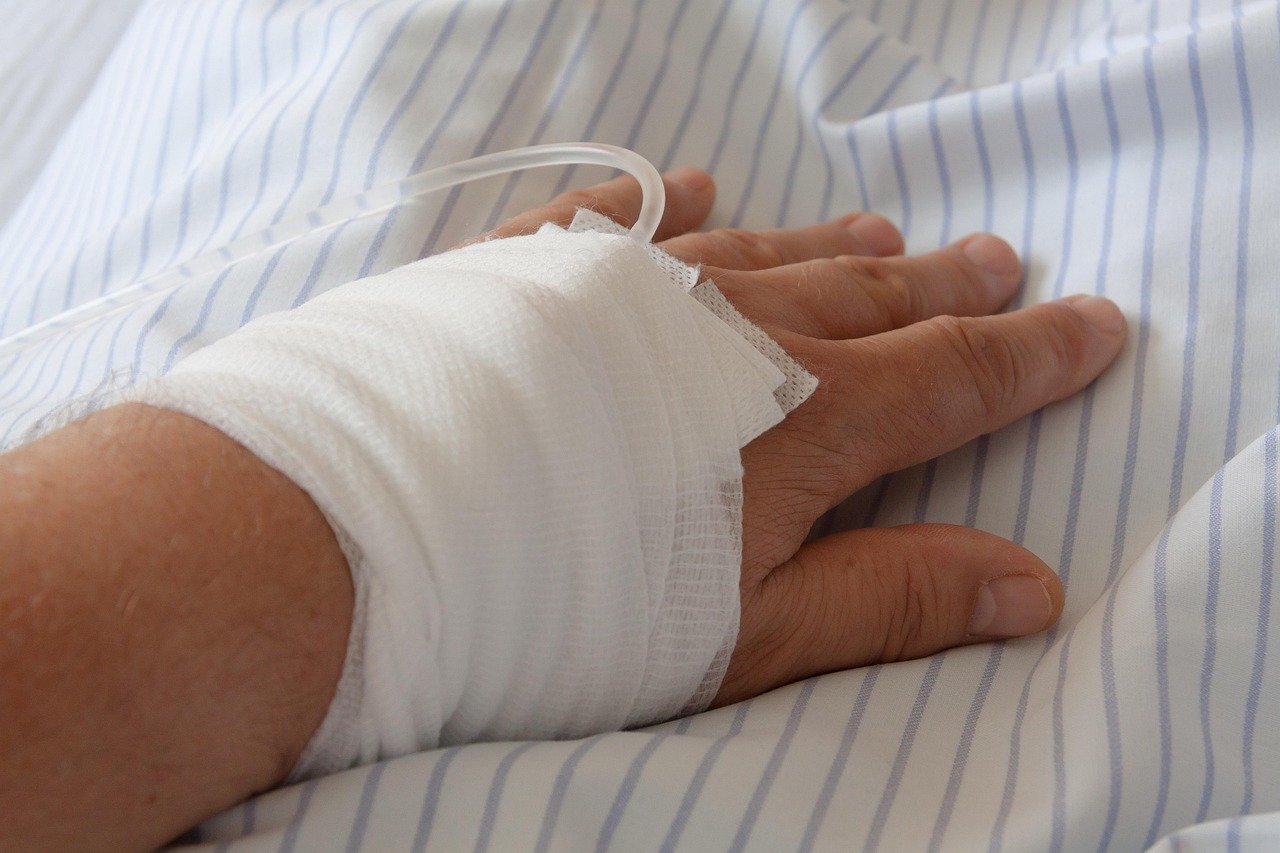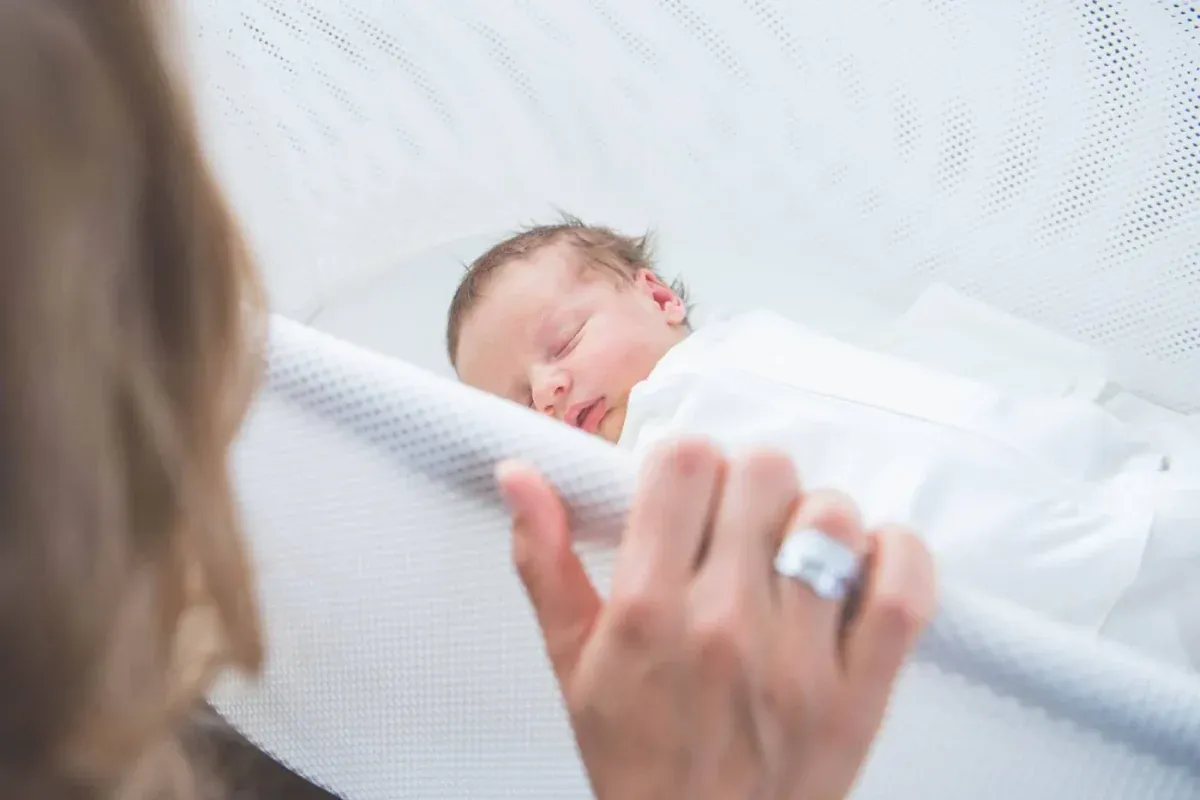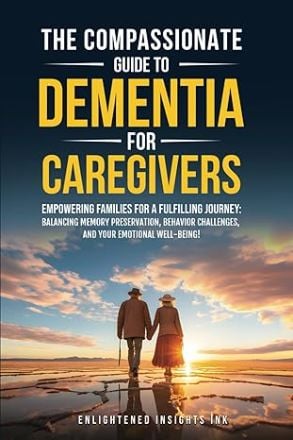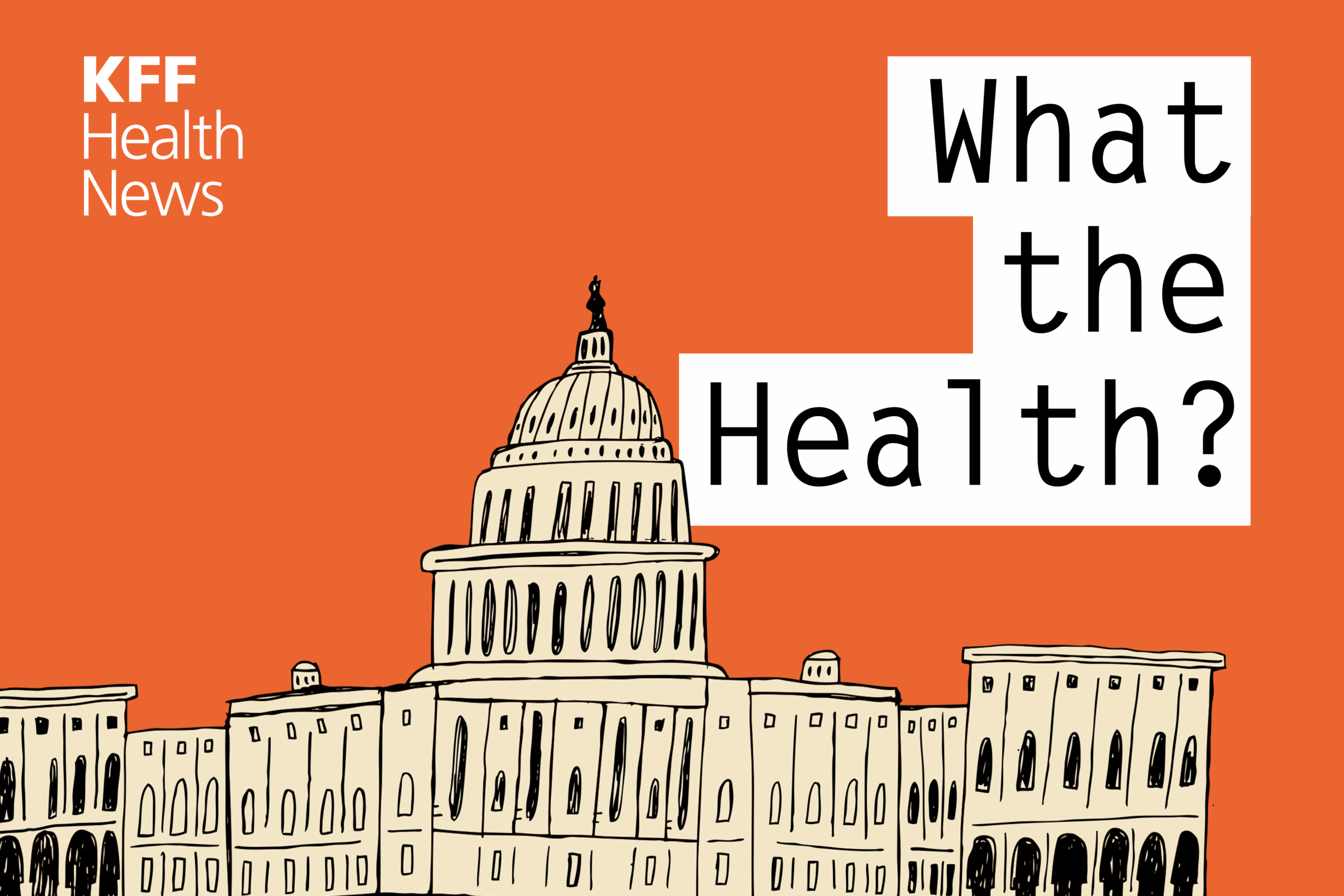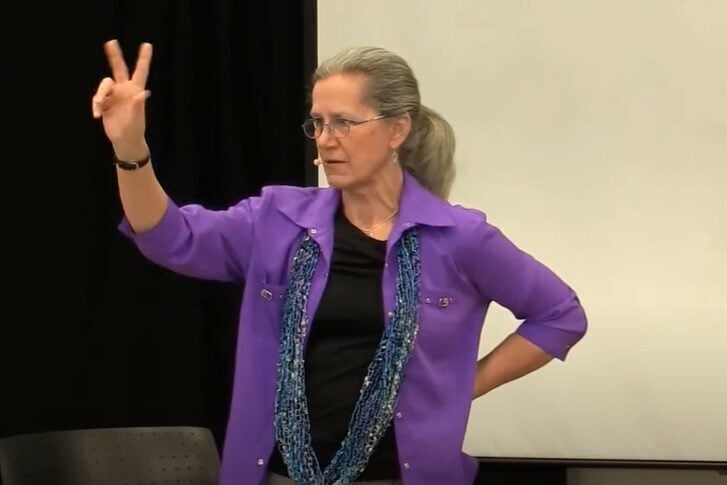Pediatric stroke is a rare condition that affects nearly one thousand children in the United States each year.
Often, the road to recovery after a pediatric stroke is difficult. Fortunately, children’s brains are more adaptable, which makes it possible for pediatric stroke survivors to regain much of their function.
This article will explain the causes and symptoms of pediatric stroke. We’ll also discuss how you can help your child activate their brain’s neuroplasticity to promote a fuller recovery.
Causes and Signs of Pediatric Stroke
Strokes occur when blood supply to the brain is compromised, either through a blood clot in one of the brain’s arteries, or when a cerebral blood vessel bursts. The vast majority of strokes occur in patients over the age of 65. However, in rare cases children and even infants can also experience stroke.
Pediatric strokes have a distinct set of causes. Whereas the underlying cause of stroke in adults is typically high blood pressure or high cholesterol, in children the most common causes include:
- Sickle cell disease
- Heart disease
- Blood clot disorders
- Weakened blood vessels
The signs of pediatric stroke are similar to adult strokes. Symptoms typically include paralysis on one side of the face and/or arms, slurred speech, and blurred vision.
However, there are some types of pediatric strokes that do not display normal symptoms.
Perinatal and Prenatal Strokes
The stroke risk in children is highest during the first several weeks before and after birth. Doctors refer to these strokes as perinatal strokes. Most perinatal strokes are caused by blood clots.
The most frequent symptom of perinatal stroke are recurrent seizures within the first three days after birth. These are usually identified quickly, and treatment often begins right away.
Unfortunately, roughly forty percent of infants with early stroke do not display any initial symptoms. This means that the stroke is only identified as the child grows and developmental delays become visible.
Secondary Effects of Pediatric Strokes
Pediatric stroke survivors experience many of the same secondary effects as adult stroke survivors. These effects include language difficulties such as aphasia and weakness on one side of their body.
Children who survive a stroke also experience unique secondary effects though, such as:
- Delays in early milestones such as rolling, sitting, and crawling
- Favoring one hand and leaving the other hand in a fist
- Difficulty bringing both hands together during play
If your child displays any of these symptoms, their doctor might refer you to a pediatric neurologist for further testing.
Long-Term Effects of Pediatric Stroke
While some pediatric strokes are mild, children who survive severe strokes do sometimes develop stroke-related disabilities, such as:
- Cerebral palsy, which causes a child to have difficulty moving parts of their body
- Epilepsy
- Visual and hearing deficits
- Speech and language difficulties
- Learning disorders
- Attention difficulties
- Behavioral challenges
Fortunately, it is possible to treat many of these problems and lessen their impact on your child’s life.
Treatment for Pediatric Stroke Survivors

For both children and adults, activating neuroplasticity is the key to recovering from the effects of stroke.
Neuroplasticity refers to the brain’s natural ability to reorganize the connections between neurons (brain cells). This ability allows healthy, undamaged brain areas to take over functions from damaged ones. As a result, the person can regain skills they had lost due to their stroke.
While neuroplasticity can occur in everyone, pediatric stroke survivors do have some advantages over adults. Specifically, a child’s brain has more synapses (neural connections) than an adult’s brain. This means that children are naturally in a heightened state of neuroplasticity, and as a result, have a greater chance of making a more signifant recovery.
To activate neuroplasticity, your child must engage in massed practice exercise. That’s because when you repeat an action, the brain will begin constructing new neural pathways in response. The more you repeat that action, the more you will reinforce those pathways. With enough practice, the pathways will be fully established, and the action will feel almost second-nature.
Therefore, to promote a fuller recovery from stroke, you should enroll your child in regular therapy, and encourage them to continue working on their therapy at home. The following are a few of the best therapies for pediatric stroke survivors:
Physical Therapy

If your child has movement problems, weakness, or spasticity (high muscle tone) after their stroke, ask their doctor to refer them to physical therapy as soon as possible. The root cause of muscle weakness and spasticity after a stroke is poor communication between the brain and muscles. Fortunately, exercise can help restore that communication.
A physical therapist will teach your child how to move the right way again. If they survived a severe stroke and cannot move at all, their PT will perform passive range-of-motion exercises with them. Passive exercises also stimulate the brain and activate neuroplasticity. This makes them an excellent option in the beginning of stroke rehab.
Occupational Therapy
For some children, a stroke may affect their ability to participate in their normal daily activities. Occupational therapists focus on increasing your child’s independence with daily tasks, such as getting dressed, feeding themselves, and writing for school.
If your child’s fine motor coordination has been affected, occupational therapists will address this to allow your child to use their hands more easily for their daily activities. During therapy treatments, they may use rehabilitative techniques, such as stretching and exercises, or introduce compensation strategies, such as using utensils with built-up handles.
Behavioral Therapy
A stroke that occurs in the frontal lobe can lead to issues such as aggression and impulsivity later in life. This will make it harder for your child to control their emotions and behavior.
To treat this effect, parents should consider working with a behavioral therapist. A behavioral therapist can help pediatric stroke survivors learn more constructive behaviors and coping mechanisms.
For example, to help keep the child from becoming overwhelmed and acting out, the therapist will create a structured routine that the child can easily follow. They will also work on improving self-awareness.
Speech Therapy

A stroke often severely impairs a child’s speech and language abilities. This, therefore, makes speech therapy one of the most crucial therapies for pediatric stroke survivors.
Speech therapists deal with all aspects of language and communication problems, from the physical side to the more advanced cognitive side.
Since communication skills grow throughout childhood, it’s crucial to continue with speech therapy consultations or treatments even years after their stroke. This will ensure they do not fall too far behind their peers.
Speech therapists are also able to address feeding and swallowing issues. They may suggest modified diets (such as eating only relatively soft foods), but they are also able to work improving the muscular mechanics involved with eating.
Home Therapy
The above therapies are critical for helping your child recover from stroke. However, to see real results, you will need to encourage therapy at home in between sessions.
Recent research shows that it takes about 400 to 600 repetitions of a movement to effect changes in the brain. Unfortunately, this number of repetitions is difficult to reach when a person only exercises once or twice a week at therapy.
That’s why home therapy is so vital during stroke recovery. The more the child can activate their brain’s neuroplasticity, the faster they will make progress.
Child-Friendly Rehab Devices

Children tend to respond well to therapies that incorporate music and gaming like FitMi home therapy. As one FitMi user enthusiastically wrote:
“We have been using FitMi since January and we can see the difference with my niece!!…By using this system we were able to keep her on track and even GAIN MOVEMENT in her still paralyzed arm! MOVEMENT!!!!! This girl can now lift her hand to her mouth!!!!!!! We will continue to use our FitMi DAILY!!!!!!”
FitMi brings an element of gaming to rehab and challenges patients to beat their high scores. As a result, many children complete their exercises without even realizing they are practicing therapy.
Even if your child can’t use these devices, getting them moving every day through manual therapy will also make a difference. The key is to keep their brain and muscles stimulated and engage their neuroplasticity.
Understanding Pediatric Stroke
Pediatric strokes are rare but serious conditions. Because a child’s brain is still developing, an early stroke can cause severe deficits later in their life.
At the same time however, their heightened neuroplasticity means they also have a greater chance of making a full recovery. To achieve this, they must participate in consistent therapy, both at home and in the clinic.
We hope this article helps you better understand the complications of pediatric stroke and how you can help ensure a successful recovery for your child.
Featured Image: ©iStock/Antonio_Diaz
The post Navigating the Road to Recovery with Pediatric Stroke Survivors appeared first on Flint Rehab.
Original Article

